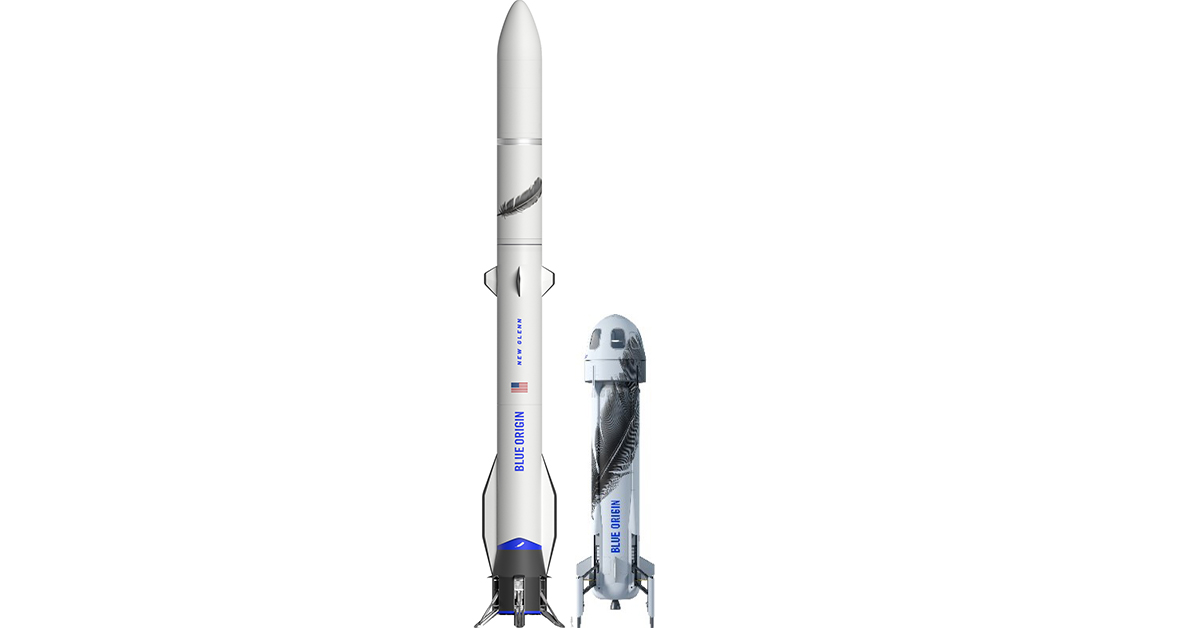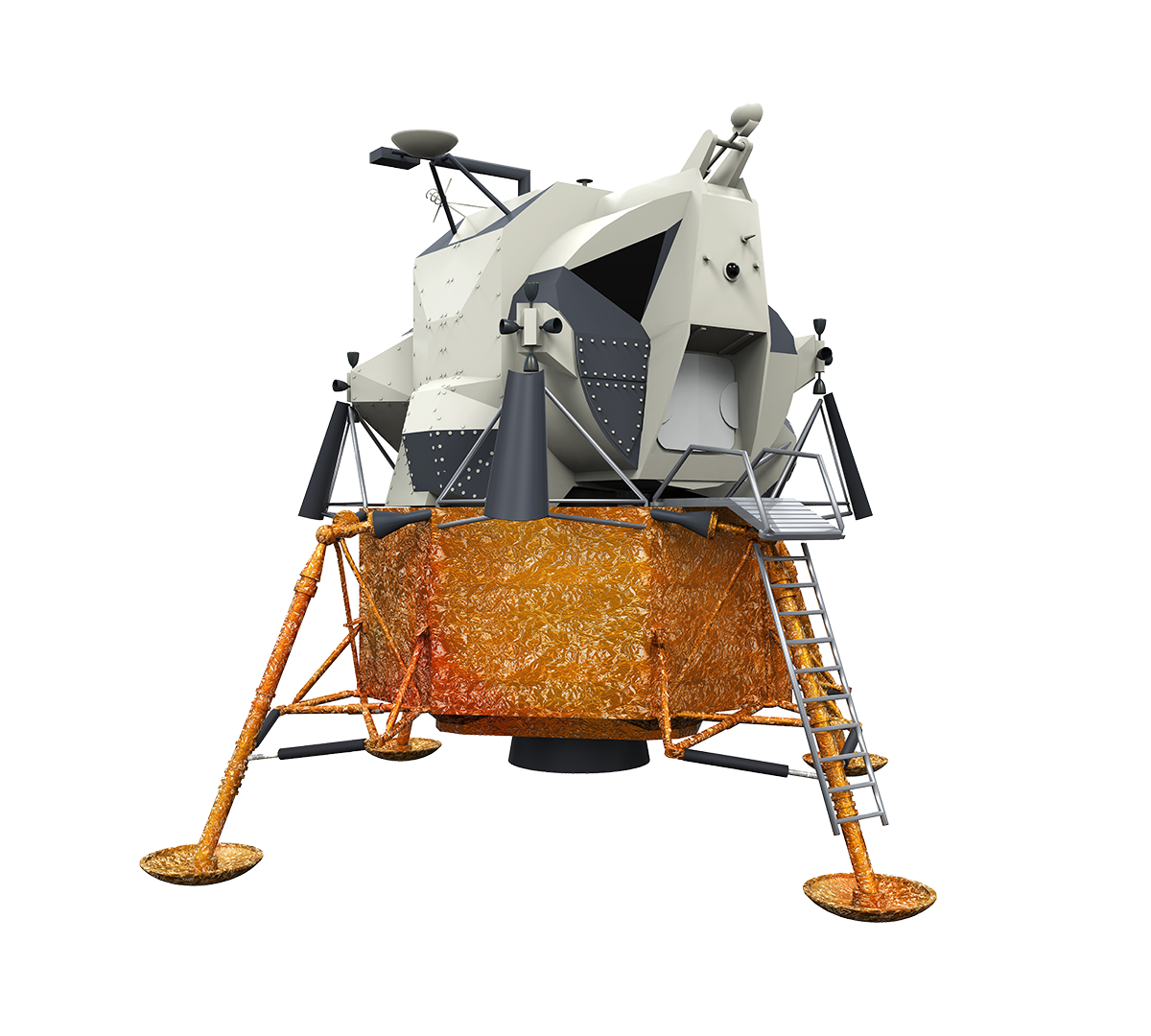Blog by Go For Launch! student & Higher Orbits student Ambassador - Aliah
Aliah attended Go For Launch! Seattle in 2019. Her team, Northern Lights, was selected as the winner of this event and as a result, had the opportunity to tour Blue Origin!
After attending Higher Orbits’ Go For Launch! program in Seattle’s Museum of Flight last year, my team and I had the honor of sending our STEAM project into space. Blue Origin graciously provided space for our payload on their New Shepard rocket.
Before Go For Launch! I was unaware of the private companies who were building rockets to send to space. Now, I know that there are many who are actively inventing new technology such as reusable rockets. In January, I was given a close-up look at how this new spacecraft tech is made.
Looking around the lobby of Blue Origin’s headquarters in Kent, WA, it was cleanly decorated with a few orchids and a large shining feather mounted on the wall. A symbol of the perfection of flight, this feather represents “freedom, exploration, mobility and progress” their website says.
Then, a smiling lady entered through the doors, pulled by a golden retriever. Both looked very excited to see us. “Are you hear for the tour?” She asked as her dog enthusiastically sniffed us. “My name is Erika Wagner and I will be showing you all around.”
After climbing a shallow set of stairs, I saw glass cases filled with miniature spacecraft and historic rocket engines. Protruding metal pipes characterized the World War II-era Messerschmitt Komet rocket-powered fighter aircraft.
In the center of the room, a wild floor-to-ceiling structure loomed before us. It looked to be a fictional rocket ship, with fish-like fins protruding from the bottom. In line with the imaginative technology around us, inspirational quotes lined the walls. One that stood out to me is from Dr. Seuss, “If you want to catch beasts you don’t see every day, you have to go places quite out of the way.”
The emphasis on creativity, steady work, and exploration is notable even before stepping foot into the rocket factory. Covering most of the wall in the next room, Blue Origin’s logo efficiently sums these together. “Gradatim Ferociter”, Latin for “Step by step, ferociously” is written below two standing tortoises who are reaching for the stars. While the tortoises symbolize a steady pace, a winged hourglass demonstrates the fleetingness of time.
Blue Origin’s mission to build a solid bridge to space for future generations is very encouraging. The tortoise and the hourglass embody their effort to not cut corners combined with the steady stream of new research and development.
Currently, Blue Origin’s biggest project is the design and construction of New Glenn, a massive reusable rocket. After putting on safety goggles, we entered the rocket factory. Immediately, I noticed another picture on the wall (shown on the right). This time, two or three stories high, it was seven circles encompassed by one big circle. Dr. Wagner saw the confusion on my face and elaborated, “that life-sized picture shows the seven engines on the bottom of our most recent rocket, New Glenn.”
Bringing our attention away from New Glenn and towards New Shepherd, we saw how huge friction welding machines bond together cylindrical tubes which made the body of the smaller rocket. My team’s payload was launched on New Shepherd and while still impressive as a rocket, it was dwarfed by New Glenn.
Only using one engine, a BE-3, New Shepherd blasts off with 110,000 lbf of thrust. New Glenn’s seven BE-4 engines combines to 3.85 million lbf of thrust. For context, one pound-force (lbf) is defined as the force required to accelerate an object with a mass of 1 pound at a rate of 32.174 ft/s2.
As Dr. Wagner talks about the rockets, engines, and the new technology that is invented and incorporated into the design, the excitement in her voice was clear. The advancement that these rockets are bringing to the world of space travel is mighty. At a minimum, New Glenn will be used for 25 flights. When factoring in the increased travel capacity, this rocket will provide much more room to fly payloads and eventually people into space.
Reeling back to the present, we learned about and saw the current prototype for human space travel. Fitting on top of the New Shepherd rocket, this crew capsule contains six black reclined seats. On our tour, my team and I had the opportunity to sit in those seats. Closing my eyes, I imagined myself launching into space just as someone will in the future. Although a ticket into space is still much too expensive for me (estimated costs range from $200 to $300 thousand), Blue Origin is still making progress of cutting costs and increasing access into space.
A huge part of cutting costs is made by reusing the rockets. One of the coolest features about these reusable rockets is that they land the same way as they takeoff - vertically. New Glenn is even designed to land in the middle of the ocean on a ship.
Creating these reusable rockets takes years of hard work and failed attempts. Walking down the hallway we saw hefty metal pieces that looked like larger versions of PBC pipe connectors designed for use inside rocket engines. To my surprise, I learned that these chunky metal rocket insides were 3D printed using a top-secret formula designed by Blue Origin’s chemical engineers. It is crazy that something that is 3D printed can withstand the intense heat and pressure from a rocket engine.
After looking at the factory and all of the new and exciting technology and products that it contains, I am so thankful that companies like Blue Origin are working to advance our current technology to help us achieve the dream of going to space. Also, thanks to Higher Orbits, I can see and experience space-related technology on a personal level.
With Higher Orbits working to inspire teens towards space and Blue Origin advancing space technology, the exploration of the sky is just beginning. As the Blue Origin website says, “For thousands of years, we humans have been looking up at the birds and wondering what it would be like to fly. Now, we look up to the stars and pursue a bright future for all of us.”




